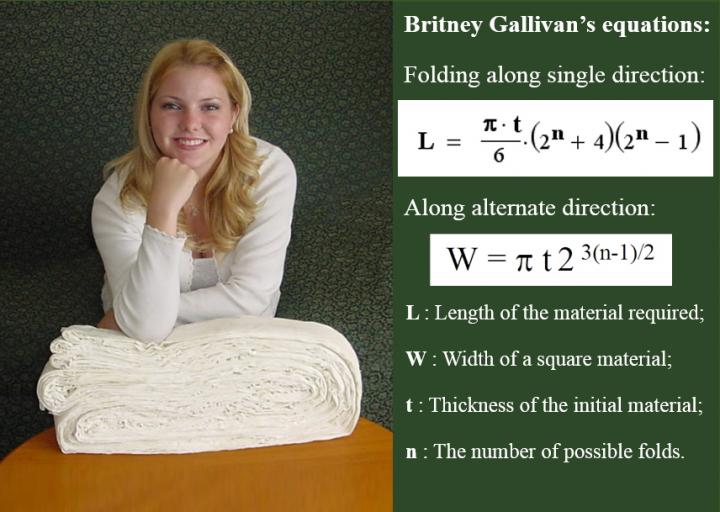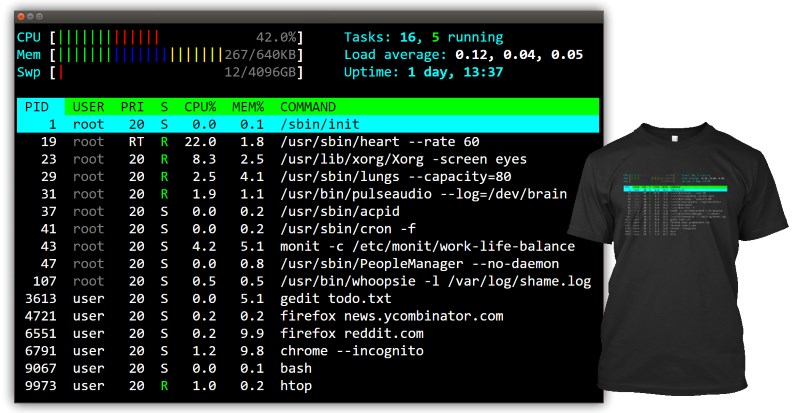131 private links
These APIs, from niche but useful to just plain fun, should make any software developer smile. @Enterprisenxt
Rebuttal to the opinion of Christoph Buchal, Hans-Dieter Karl and Hans-Werner Sinn titled “Coal Engines, Wind Engines and Diesel Engines. What does the CO2 balance show?”

Britney Crystal Gallivan (born 1985) of Pomona, California, is best known for determining the maximum number of times that paper or other materials can be folded in half.

This is the 4th post in a series about migrating to functional programming. This week, I'll first implement the Dijkstra algorithm, then migrate the code to a more functional-friendly design. Dijkstra's algorithm allows to find the shortest path in any graph, weighted or not, directed or not. The only requirement is that weights must be positive.
If you have a digital audio device that can connect your guitar to a PC, here is some software you can use to record, edit and process the signal.

If you are a Linux sysadmin, you tend to spend a lot of time on the command line. Over the years I have learned to do much of my work without ever touching the mouse. Also, if I open a browser it is just too easy to be distracted. Social media, news articles, and funny cat videos all are designed to suck you in, and it works. In this countdown we will explore 5 things you can do from the command line to keep you productive and break your dependence on the GUI.
- Check the Weather on the Command Line
- Do Calculations On The Command Line (calculator)
- The Command Line Dictionary
- Google Search From the Command Line
- Spell Check on the Command Line
Learn about 5 interesting Linux tools that will help break your dependence on the GUI and keep you productive on the command line.
The type of organizing tools you use to plan your projects can make your work routine more efficient and improve your productivity. A project management application is an essential tool in some business environments. This week's Linux Picks and Pans takes a deep dive into some of the best project management software solutions available for the Linux desktop.
Firefox Send, send.firefox.com, is a free encrypted file transfer service that allows users to safely and simply share files from any browser.
Welcome This site is a blog dedicated to reviewing and cataloging useful command-line tools. There have been an amazing amount of useful utilities produced in the last few years, so many that it’s difficult to keep abreast of new applications that could potentially improve your workflow. I spend a silly amount of my free time trawling the internet for interesting tools, so I’d like to present the results with you!
Have you ever been in a situation where you are presenting to your manager or your manager's manager and you completely flub the opportunity by saying all the wrong things? Me too. It is from such encounters that I started to put together design patterns for handling these difficult situations. I like to think in systems and patterns, so applying this way of thinking to communication just makes sense. I have also found that these rules of thumb are useful to others, so I would like to share them here.
When you can spot the patterns, you can use some of the ideas presented here as guidelines to navigate these tricky, high-stress scenarios. This way you can feel confident and capable as a leader because you will know what to do: how to solve the problem and what steps to follow next.
Here are some of the most common challenging situations you may run into at work and how you can handle them.
- Someone asks you something you don't know
- There is a problem that is your fault or responsibility
- There is a decision that you don't agree with
- Your manager gives you negative feedback
Have you ever been in a situation where you are presenting to your manager or your manager's manager and you completely flub the opportunity by saying all the wrong things? Me too. It is from such encounters that I started to put together design patterns for handling these difficult situations. I like to think in systems and patterns, so applying this way of thinking to communication just makes sense. I have also found that these rules of thumb are useful to others, so I would like to share them here.
When you can spot the patterns, you can use some of the ideas presented here as guidelines to navigate these tricky, high-stress scenarios. This way you can feel confident and capable as a leader because you will know what to do: how to solve the problem and what steps to follow next.
Here are some of the most common challenging situations you may run into at work and how you can handle them.
- Someone asks you something you don't know
- There is a problem that is your fault or responsibility
- There is a decision that you don't agree with
- Your manager gives you negative feedback
I am a bit dissatisfied with the use of the Tragedy of the commons to represent issues with free and open source software development. It is not an abstract resource that can be depleted when overused. It is not magically maintained if left alone.
It is based on the work of people, and we should not erase those people.
Unfortunately (and it is by design), most of the licences and the vocabulary around it are focused on the software’s user. After all, they work by reducing the creator’s right to empower the user.
As examples of this vocabulary, we have the distinction between “free as in beer” and “free as in speech” to show that the “free” word in “free software” has more to do with freedom and people’s rights to use, study, modify and share a program, than its actual price. Although, in practice, the overwhelming majority of FOSS will not cost you anything.
Error handling is an integral part of programming, but in many popular languages, it comes as an afterthought.
The godfather of numerous programming dialects, C, never had a dedicated error or exception mechanism in the first place. It is up to the programmer to accurately report whether the function did what it was intended to do, or threw a tantrum—usually by relying on integers. In case of a segmentation fault—well, all bets are off.
This post goes through the experience of the author in the adaptation to the Golang error management workflow.
A list of things to pay attention to when making interviews.
The list enters some few items in details, while it only lists other items without explanation.
When I think about who I would like to work with as a programmer, I think so much more about non-technical skills than technical skills that make somebody a good co-worker. In fact, all of the skills that are in this post contribute to writing good code that improves technical projects. Most of them are really helpful for careers outside of programming too, but I'm going to focus on why they're useful for programmers specifically.
From Josh Mcguigan.
This is a tutorial on building your own shell using Rust, in the spirit of the build-your-own-x list. Creating a shell is a great way to understand how the shell, terminal emulator, and OS work together.

You will learn in this post how to:
- decompose double-seasonal time series
- detrend time series
- model and forecast double-seasonal time series with trend
- use two types of simple regression trees
- set important hyperparameters related to regression tree
For the longest time I did not know what everything meant in htop.
I thought that load average 1.0 on my two core machine means that the CPU usage is at 50%. That's not quite right. And also, why does it say 1.0?
I decided to look everything up and document it here.
They also say that the best way to learn something is to try to teach it.

